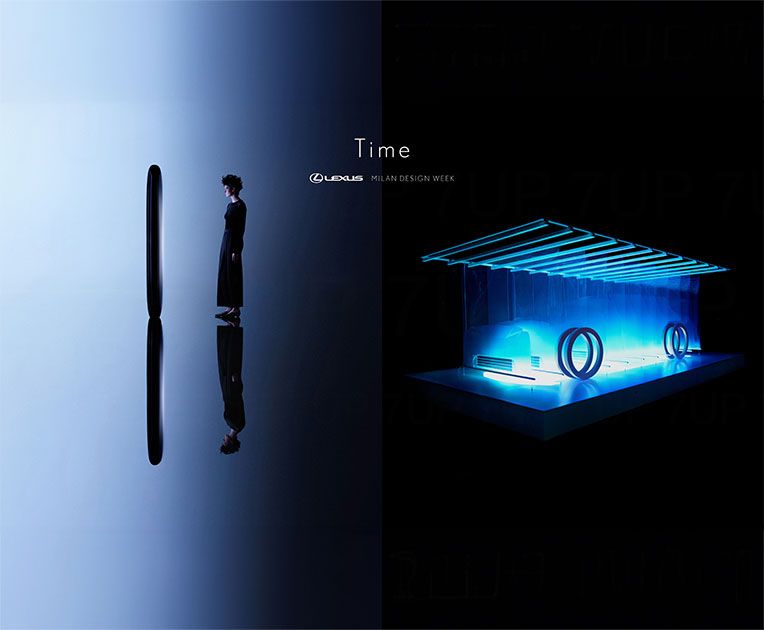Through electric energy utilization, sustainable materials, and eco-friendly manufacturing, Lexus is bringing a sustainable mobility society into actual reality. In 2008, Lexus began using bamboo as a signature material in its concept cars, and today bamboo has become a signature in its production vehicles as part of its innovative vision of car-making that helps protect the environment. Bamboo also exemplifies Lexus' commitment to sustainability through the recycling of precious environmental resources.
- The Evolution of CMF Design
Lexus designers break boundaries to elevate the luxury experience by crafting emotional sensorial experiences with the thoughtful use of color, material and finish.
- Lexus Electrified: A Bold New Direction
Since 2005, Lexus has been at the forefront of pioneering electrification in the luxury market.








